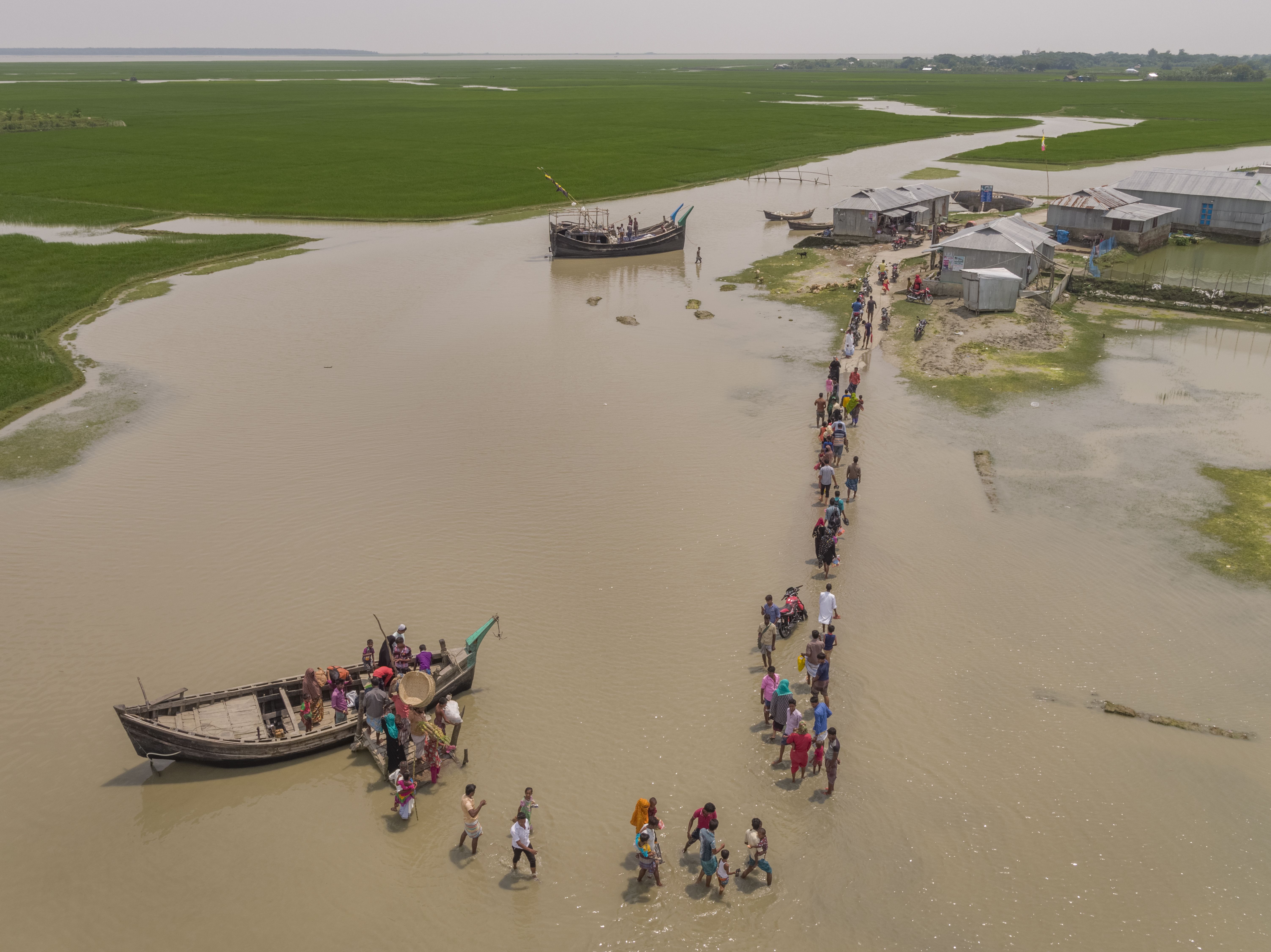“Human nature has brought us to this place, perhaps human nature will one day bring us through.”
—“Losing Earth,” page 66
Why Take Action?
While Nathaniel Rich begins the last paragraph of “Losing Earth” in The New York Times Magazine by writing, “It is true that much of the damage that might have been avoided is now inevitable,” his epilogue also highlights the many ways that activists, scientists, politicians, and the public took action to combat climate change from 1979-1989. Rich writes, “In a single decade, they turned a crisis that was studied by no more than several dozen scientists into the subject of Senate hearings, front-page headlines and the largest diplomatic negotiation in world history. They helped summon into being the world’s climate watchdog, the Intergovernmental Panel on Climate Change, and initiated the negotiations for a treaty signed by nearly all of the world’s nations.” Since 1989, people from all over the world have continued to take action to reduce carbon emissions and combat the impacts of climate change. The activities below suggest different ways that you and your students might be able to build on your exploration of this story by taking action in your communities.
Activity Ideas
A Day of Climate Action
The scientists, politicians and environmental activists profiled in “Losing Earth” spent years advocating for a global treaty in the late 1980s that would commit 65 countries to a 20% reduction in their carbon emissions by 2005. Although this agreement was never reached (see the final chapter of the story to find out why!), many individuals and their communities began reducing their carbon footprint by making informed choices of about the products they use, the food they eat, the ways they travel and more. How can you and your school community contribute to reducing your individual and collective climate footprints? What could you commit to for one day, one week, one month and longer? Click on the PDF below for instructions on how to organize a day of climate action at your school.
Making Democracy Work for the Earth: Engage with Candidates this Election Season
In “Losing Earth,” many of the people making decisions about the future of our planet have something in common: they hold political office. On November 6, 2018, the United States government will hold midterm elections for 435 congressional seats, 35 senate seats, 36 state governors, and a whole host of municipal offices. Making your voice heard in local and state elections is a powerful way to effect change. Encourage students to become active members of their community and to advocate on behalf of the planet with the activities for state and local elections in the PDF attached below.
Walk the Earth
How do you and other members of your community interact with your local environment? Students answer this question while putting close observation, description, and interviewing skills to work by taking a walk in their communities. Ask students to record and share their observations through writing and photography. Here is an example of how students in Washington, DC shared stories of walks in their communities.
Plan an Event to Educate and Engage Your Community
The subjects of “Losing Earth” use a variety of methods to communicate the impacts of carbon emissions to politicians and the public. When scientist James Hansen testified before Congress in 1987 and 1988, he used pictures and physical models to explain the impacts of carbon emissions on the environment. At the November 1989 meeting of the Intergovernmental Panel on Climate Change, where 65 countries aimed to sign a treaty to reduce carbon emissions, activist Rafe Pomerance aimed to build support for the treaty by planning a news conference highlighting the leader of Kiribati, an island in the Pacific Ocean between Hawaii and Australia that would see extreme damage as a result of rising sea levels. How could your class plan an event that would educate your community about the impacts of climate change and inspire them to take action? What do you want them to know, and what do you think would most interest them? What changes do you think they could easily make and how could you inspire them to make those changes? As a class, plan an event for teachers, students, families and community members that shares what you’ve learned about climate change and ways to reduce carbon emissions. Consider the following as you plan:
- What do you want your audience to know about climate change?
- What actions do you want your audience to take as a result of the event?
- How could you use activities, speakers, visuals, music and more to share your message in a way that engages and inspires your audience?
- How can the event also demonstrate ways to reduce carbon emissions? What materials will you use and what is their impact on the environment?
- How could you share the event with a larger audience by inviting journalists, or by documenting the event yourselves and posting to social media?
Share your event with Pulitzer Center by emailing information and photos to [email protected] or by tagging @pulitzercenter #losingearth on Twitter or Instagram.
The activities listed above are designed to build on students' exploration of The New York Time Magazine's "Losing Earth," which was written by Nathaniel Rich and includes photography from George Steinmetz. For support facilitating the exercises above, or with connecting a journalist to your classroom, email [email protected] to connect with a member of our staff.
You can find more related educational resources at www.pulitzercenter.org/nytclimate.
